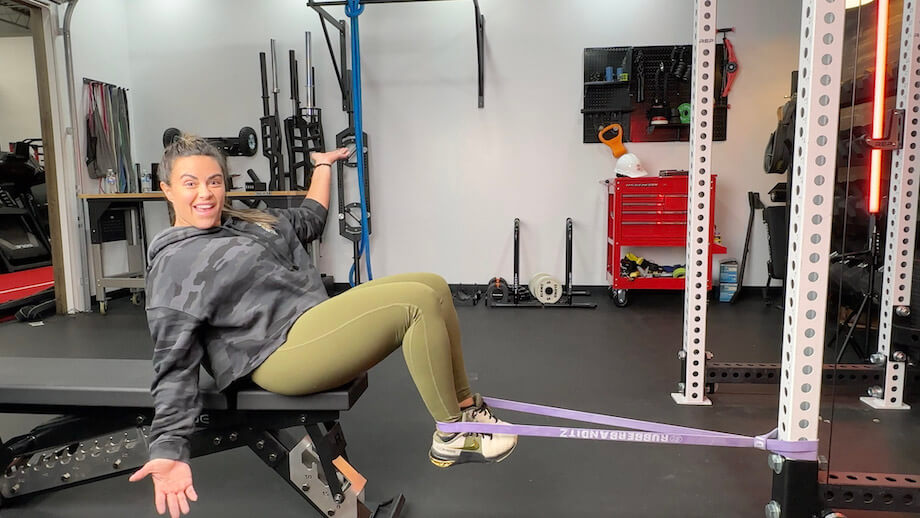We test and review fitness products based on an independent, multi-point methodology. If you use our links to purchase something, we may earn a commission. Read our disclosures.
Fact: You tend to neglect the muscles you cannot see, particularly those you cannot see in the mirror. The chest, abs, and biceps mirror muscles get strength training, while the upper and lower back, glutes, and hamstrings get left behind. As a personal trainer, I see it all the time in person or on some personal training apps!
But now you have no excuse because here are the nine best hamstring exercises to incorporate into your workout routine.
The hamstrings have two primary functions: one; helping the glutes extend the hip (hip extension), and two, bending the knee (knee flexion), and are trained from a lengthened position (good mornings) or shortened position ( bridges and hip thrusts). Having strong hamstrings is beneficial for lifting things off the ground and ensures your posterior chain works smoothly.
You will never neglect this back of your thighs’ muscle group anymore.
Note: Before doing any of these exercises, ensure you do a warm-up that includes hamstring stretches for better performance and reduced injury risk.
Glute Bridges
Why Do Them: The glute bridge is a simple exercise that beginners to advanced exercisers should perform for activation of the glutes and hamstrings. This can be progressed with tempo and pauses and loaded with bands, barbells, and dumbbells for added hamstring size and strength. Or, perform a single-leg glute bridge when ready for the next step.
How to Do Them:
- Lie face-up on the floor with your feet on the ground, knees bent, and your entire back on the floor.
- With your arms on the floor beside you, push your feet through the floor and raise your hips off the ground.
- Keep extending your hips until lockout and feel this in your hips and hamstrings, not the lower back.
- Slowly lower to the ground, flush your lower back with the floor, and repeat for reps.
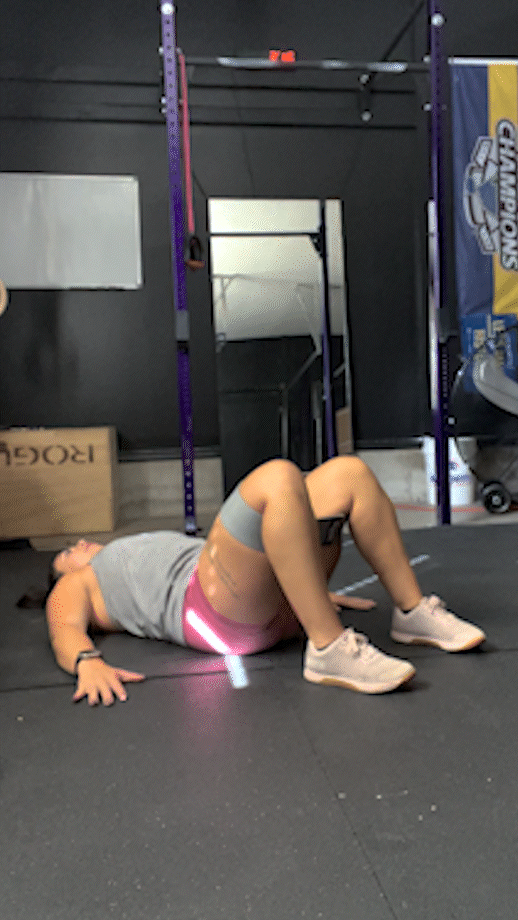
Banded Good Mornings
Why Do Them: Good mornings are exercises that train the lower back, glutes, and hamstrings together through an extensive range of motion. This range of motion gives you better hamstring muscle-building potential and is a great exercise to build strength in the entire posterior chain.
How to Do Them:
- Place a looped resistance band underneath your feet at hip-width apart and place it over your head on your neck.
- With a soft bend in your knees, hinge at the hips while keeping your shoulders down and chest up until your upper body is almost parallel to the floor.
- You should feel the tension in your hamstrings and not your back.
- Reverse the movement by contracting your glutes and hamstrings until lockout. Reset and repeat for desired reps.
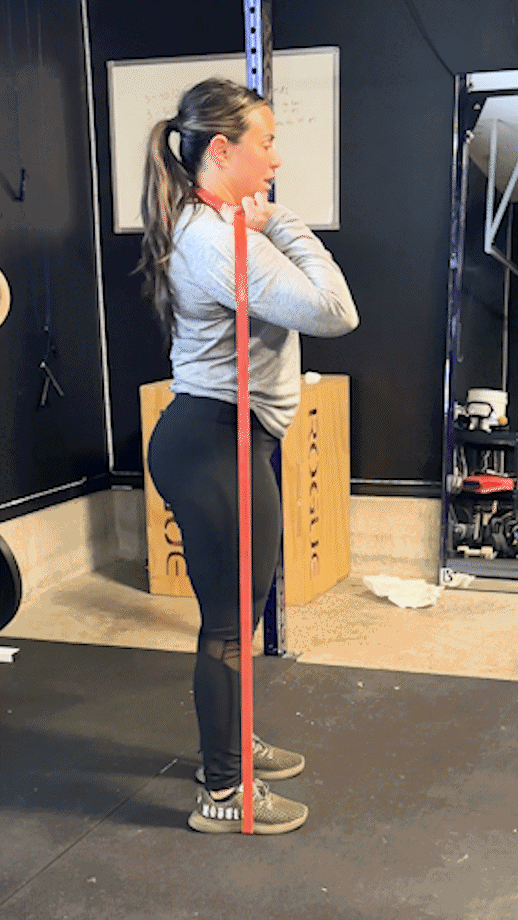
Banded Hamstring Curls
Why Do Them: Banded hamstring curls take the place of the hamstring leg curl machine because the movement is similar. However, the resistance band hamstring curls have an advantage over the machine version. The ascending resistance of the band means the further the band stretches, the harder your hamstrings have to work. This helps your hamstrings grow because of the increased time under tension during all phases of the range of motion.
How to Do Them:
- Anchor a looped resistance band around a secure object.
- Lie on your stomach with your feet hip-width apart and facing away from the anchor.
- Place your feet on either side of the band, looping your feet securely around the heels.
- Squeeze your butt to flatten out your back.
- Pull your heels towards your glutes while keeping your hips and quads on the floor.
- Stop when you cannot get any further and slowly lower your toes to the ground and reset and repeat.
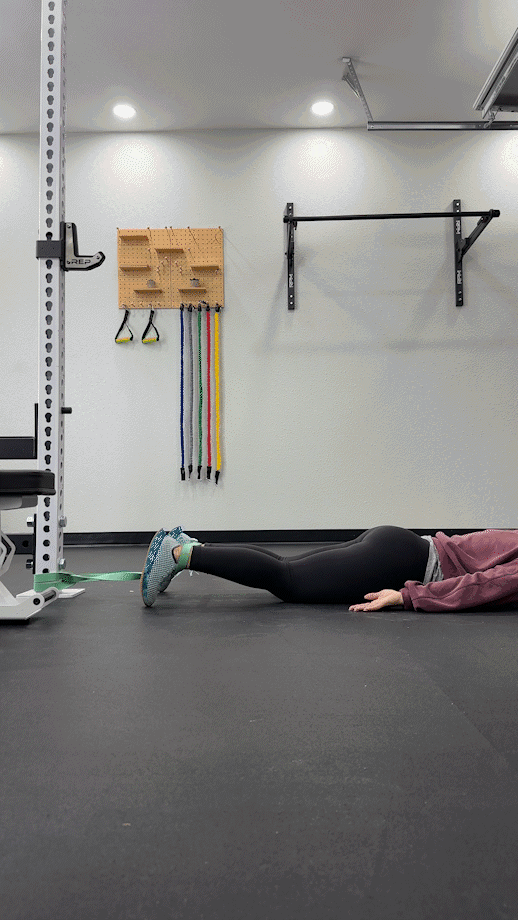
Floor Glute Ham Raises/Nordic Curl Combo
Why Do Them: The glute ham raise, or GHR, is a piece of great equipment to train the hamstrings. But you can recreate this at home by securing your feet and doing a hybrid Nordic curl/GHR movement. This will increase eccentric strength in your hamstrings while building muscle in your lower body because the lower back, hamstrings, and glutes work together as a unit.
How to Do Them:
- While on your knees, secure your feet using a secure anchor point or a training partner.
- Having a pad underneath your knees may help reduce the pain of having your knees on a hard surface.
- Ensure your knees are bent at 90 degrees, your body is straight, and your glutes are engaged.
- Slowly lower your upper body forward with your arms folded across your body until you are horizontal.
- Either return to the starting position by contracting your hamstrings or going all the way to the floor and pushing yourself up again.
- Reset and repeat.
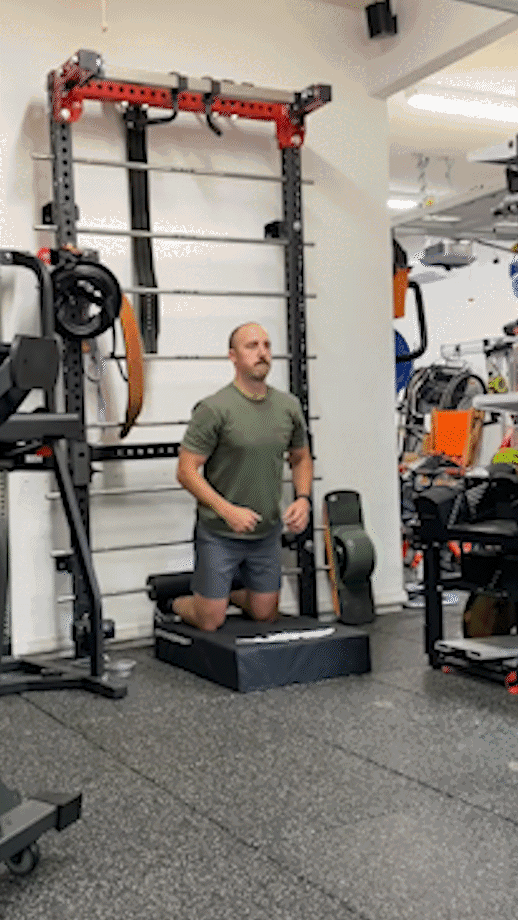
Walking Lunges
Why Do Them: All you need for walking lunges is you and a little space to move. Walking lunges work your hamstrings, glutes, and quads as a unit, plus improve strength imbalances between sides. Taking a larger step forward increases the engagement of your hamstrings to work as hip extensors for better hamstring engagement.
You can increase the weight on these by adding a dumbbell, kettlebell, or even a barbell!
How to Do Them:
- Stand upright with your feet hip-width apart with your shoulder down and chest up
- Take a large step forward with your left leg and lower right knee until your left thigh is parallel to the floor.
- Keep your chest up, shoulders down, and your back straight.
- Then push your left foot through the floor and return to the starting position.
- Repeat this sequence on the right leg, alternating sides for desired reps.
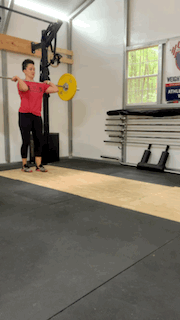
Mini-Band Glute Kickback
Why Do Them: Glute kickbacks train your hammies as hip extenders without knee movement. If you have knee issues, this is a great exercise to train your hamstrings and glutes without pain. Plus, being a lightly loaded exercise that is simple to perform, you can do this for multiple reps for a fantastic hamstring and glute pump.
How to Do Them:
- Place a mini band around your ankles with your feet shoulder-width apart.
- Place your hands on a wall at arm’s length and stand upright.
- Bring or “kickback’ your right foot without bending the knee until you feel a muscle contraction in your glutes and hamstrings.
- Slowly lower back to the starting position and reset and repeat. Then perform the same amount of reps on the left foot.
Bodyweight or Dumbbell Hip Thrusts
Why Do Them: The hip thrust is known for building the glutes, but the hamstrings are involved, too. The knee is flexed and takes one of the hamstring’s functions, but they still assist as hip extenders. This exercise will build strength and muscle in your glutes and hamstrings when done for higher repetitions.
How to Do Them
- Sit with your upper back against the edge of a weight bench/couch/chair behind you, holding a dumbbell across your pelvis with both hands.
- With the dumbbell secure, ensure you form a 90-degree angle with your knees.
- Ensure your shoulder blades are on the bench and your upper body and hips are in a straight line.
- Lower the glutes toward the ground to your preferred depth and extend your hips until lockout.
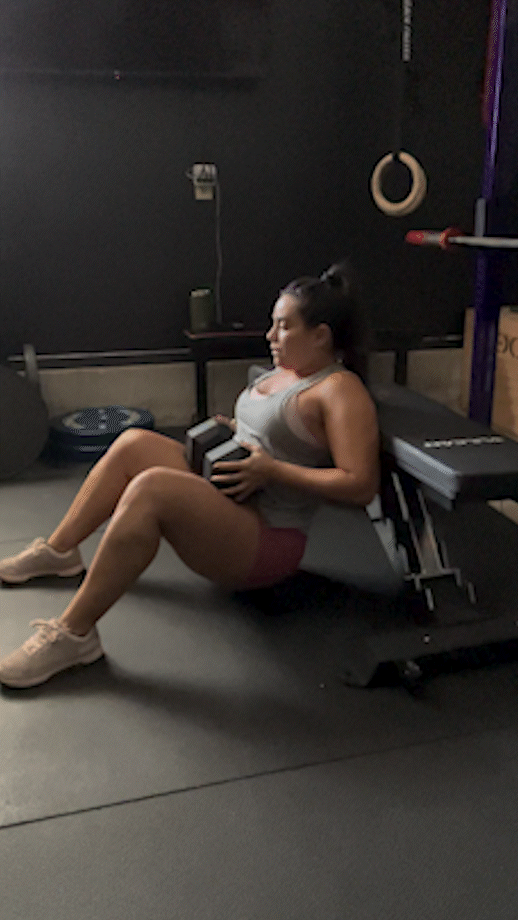
Single-Leg Romanian Deadlift
Why Do Them: The single-leg RDL is one most difficult single-leg exercises to do, so starting with no equipment and progressing slowly with dumbbells works best. Single-leg RDLs train your hamstrings with a large ROM for extra muscle-building potential. Plus, this exercise will reduce muscle imbalances, improve your balance, and pump up your glutes and hamstrings.
How to Do them
- Stand upright with feet hip-width apart with either a dumbbell or kettlebell by your side or just body weight.
- Have a slight bend in your working knee and the opposite leg behind you with your toes on the ground.
- With your chest up and shoulders down, hinge back while taking the opposite leg behind you
- Hinge until your belly button is parallel with the floor while feeling a stretch in your working hamstring.
- Return to the starting position and reset and repeat.
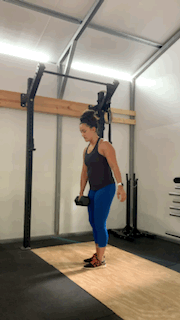
Kettlebell or Dumbbell Deadlift
Why Do Them: The dumbbell deadlift is similar to the barbell variation of this hip hinge but with less load. Having to grip each dumbbell helps strengthen grip imbalances between sides while putting your hamstrings and glutes through a larger muscle-building range of motion. Because the dumbbells never touch the ground, this constant tension in the glute and hamstring muscles makes it a better option to build your hamstrings than the barbell variation.
How to Do Them
- Stand up straight with your feet hip-distance apart, toes pointed forward, while gripping two dumbbells with an overhand grip in front of your thighs.
- With your chest up and shoulders down, hinge until the dumbbells are below your knees while keeping the dumbbells close to the legs at all times.
- Pause and use your hamstrings and glutes to hinge back to a standing position.
- Reset and repeat for reps.
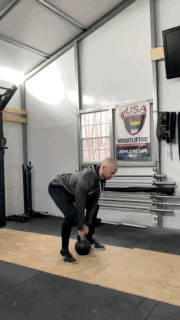
Hamstring Exercises at Home: FAQ
How can I strengthen my hamstrings at home?
You can strengthen your hamstrings at home using bodyweight movements like glute bridges, walking lunges, floor glute ham raise, and a single-leg RDL. But the hamstrings like resistance too. Purchasing resistance bands and dumbbells allow you to train these movements, plus hamstring curls, dumbbell deadlifts, and Good Mornings.
What are five exercises for hamstrings?
Five hamstring strength exercises you can do in the comfort of your own home on leg day are banded hamstring curl, floor glute ham raise, single-leg RDL, Good mornings, and glute kickbacks.
What is the best exercise for your hamstrings?
The best exercise for your hamstring workout is one that trains both functions of the hamstrings (knee flexion and hip extender) and goes through an extensive range of motion. The three exercises that fit this list are good mornings, floor glute ham raise, and the dumbbell deadlift.
Further reading

Is the latest in Garmin's vivoactive 5 series the greatest? Read our Garmin vivoactive 5 review for all the fine details on this wearable tracker. Read more

The general purpose barbell is the barbell for anybody at anytime. It can be used for most movements and do a good job at all of them. These are our picks. Read more

Looking for dumbbell workouts for weight loss? We have you covered with our personal-trainer recommended exercises. Read more

Are you looking for something fresh for your weekly arm workouts? Reverse curls may be what you need to keep the routine fresh and keep the gains coming! Read more

